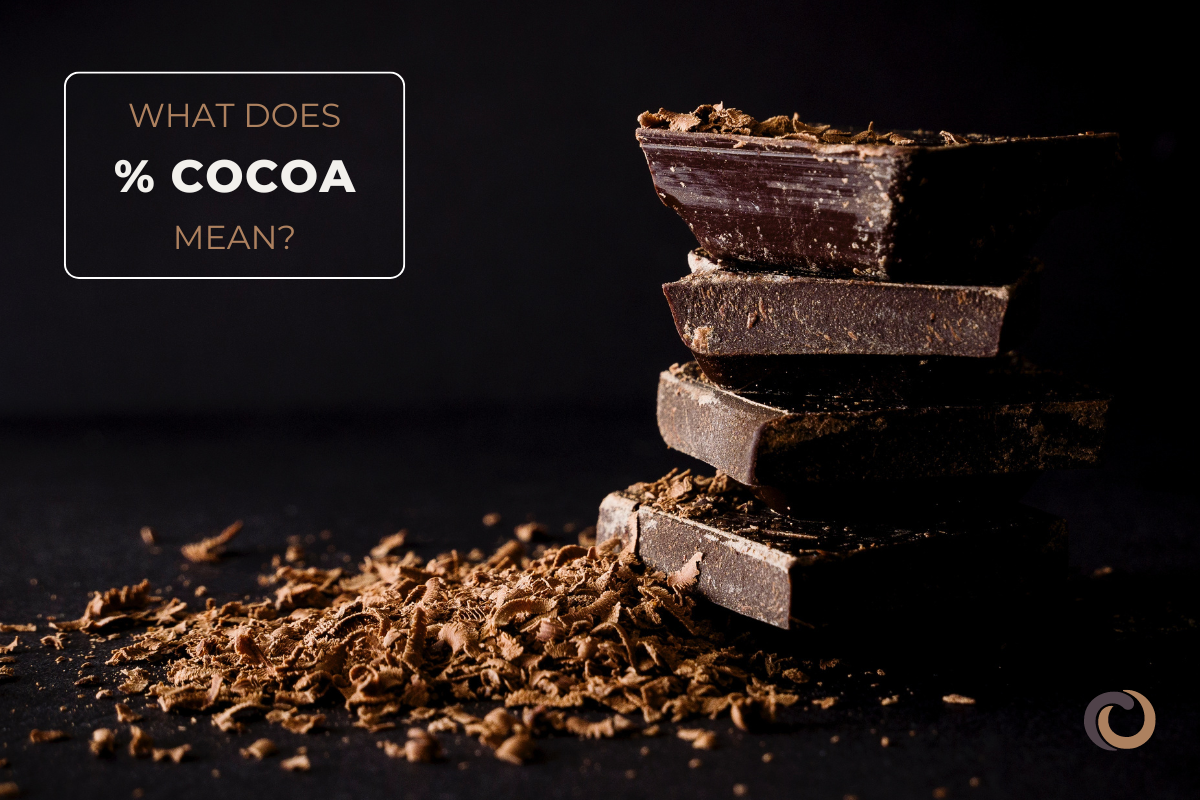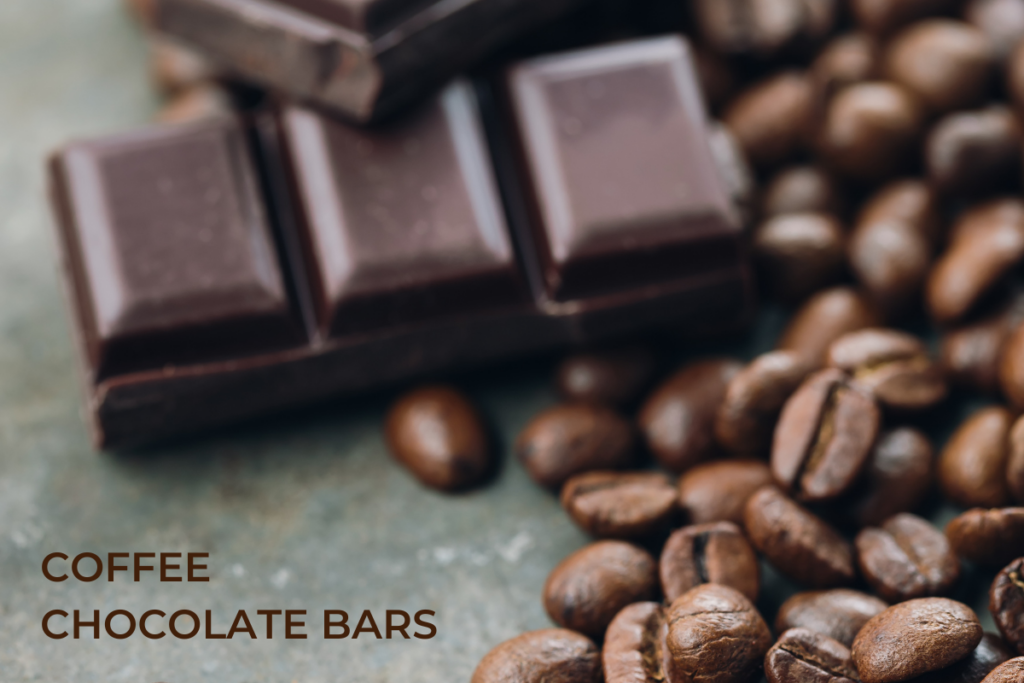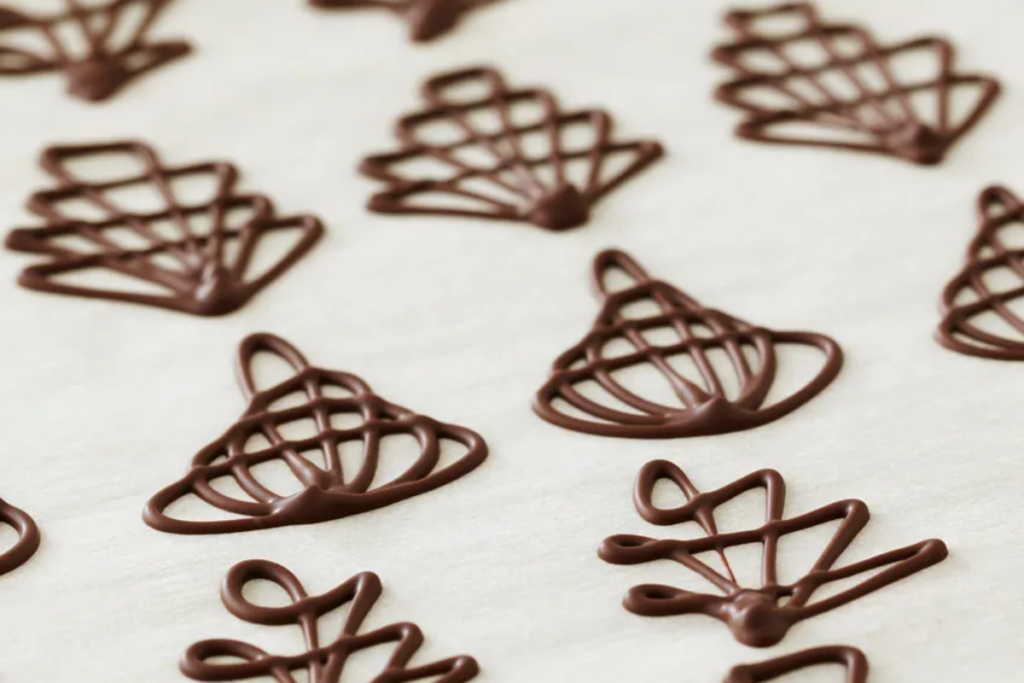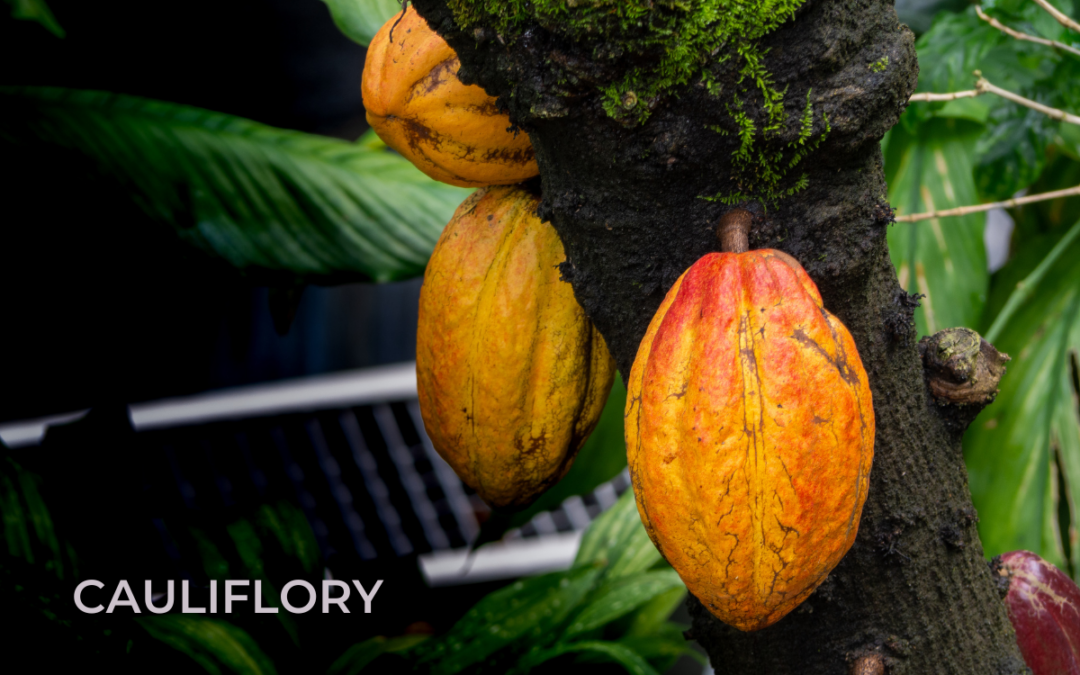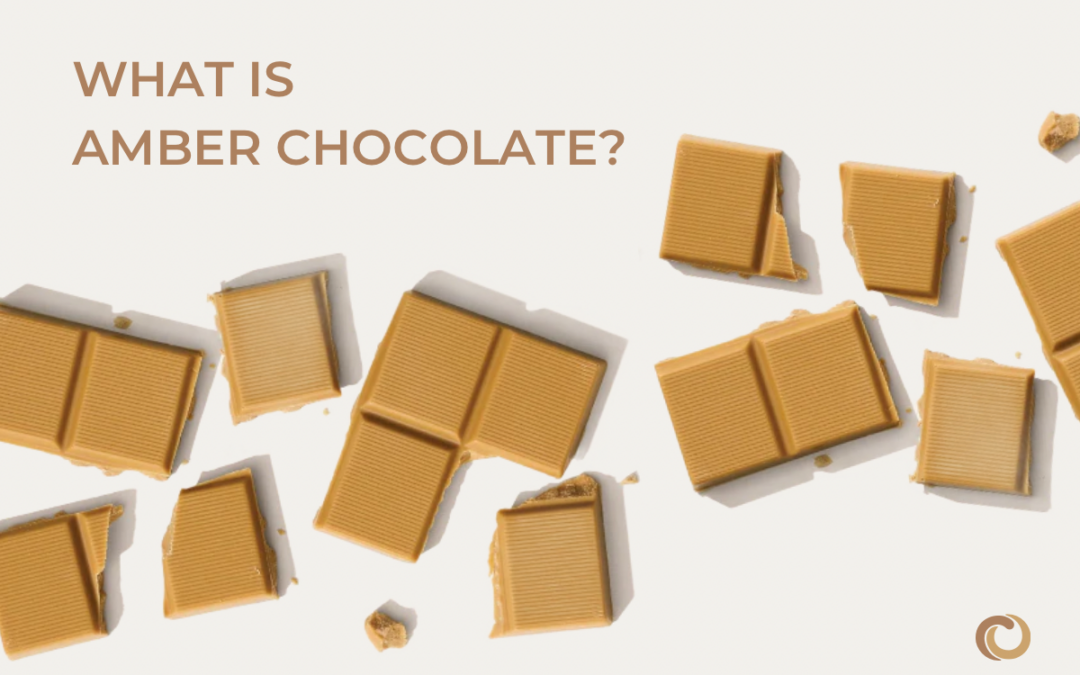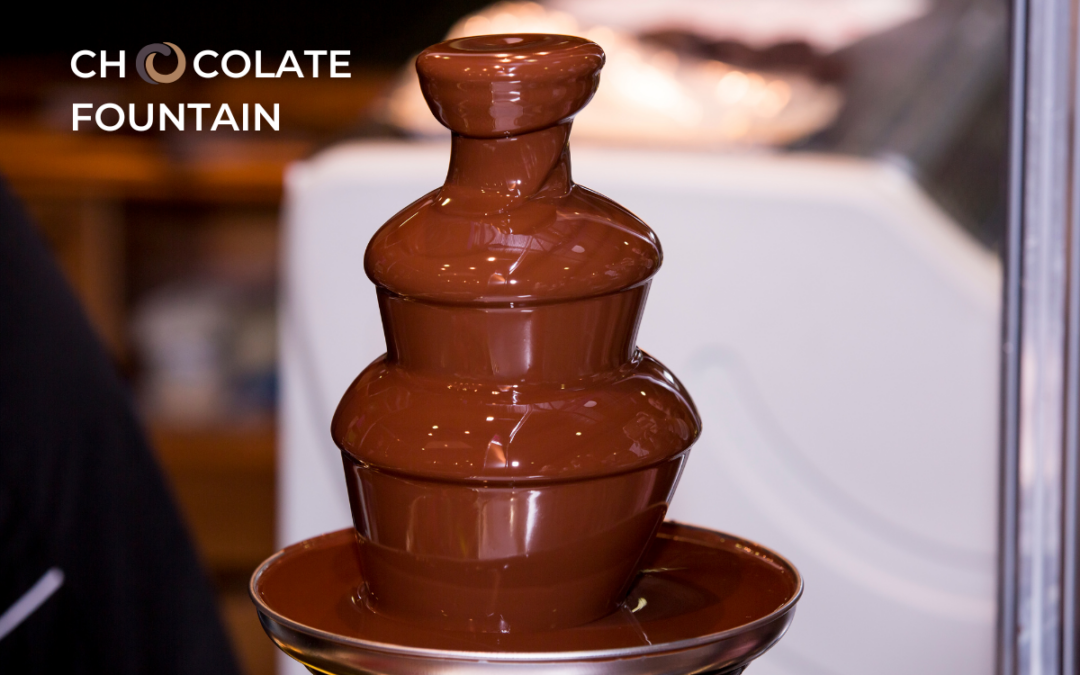Have you ever wondered what the percentage means on the front of a chocolate bar? From the rich, velvety notes of milk chocolate to the bold, intense flavors of dark chocolate, at a high level, the percentage represents cocoa composition, but it’s probably not what you think.
So, what exactly do these percentages mean for your palate? How do they affect the mouthfeel, sweetness, and depth of flavor in your favorite chocolate indulgence? Join us as we explore what cocoa percentage really means and how it impacts the taste, texture, and overall experience of enjoying chocolate.
What does % cocoa mean on chocolate bars?
First, let’s just clarify that there is no difference between “% Cocoa” and “% Cacao.” It’s a slight wording variation for the same measurement. So, now let’s get to the heart of the matter… The percentage marked on a chocolate bar tells you how much cocoa ingredient is in the chocolate. In the case of dark chocolate, that means that the remaining percentage is sugar. In the case of milk chocolate, that means that the rest of the chocolate is sugar and milk powder. So, yes! A 50% dark chocolate bar is half sugar!
There’s one more detail that is important to understand. The cocoa percentage number is not simply a measure of cocoa beans in the chocolate, but rather, it’s the sum of any and all cocoa products, which in the case of most chocolate means cocoa beans plus cocoa butter. Cocoa butter is the extracted fat from the cocoa beans (and the part that is left behind after the fat is squeezed out is ground up to make cocoa powder). Most of the flavor comes from the dark part of the cocoa bean which is often referred to as “cocoa solids.” Added cocoa butter is what distinguishes European-style chocolate from many others, and while it contributes to lucious melt and mouthfeel, it doesn’t add much to the flavor. In fact, it actually dilutes the natural intensity of the chocolate.
So, let’s review… If a chocolate bar is labeled as “70% Cocoa,” it means that 70% of its ingredients are cocoa solids and cocoa butter. The rest, about 30%, is usually sugar and sometimes ingredients like milk powder and other flavorings. Generally, the higher the cocoa percentage, the richer and more intense the chocolate flavor will be. Darker chocolates usually have higher cocoa percentages.
Are all 100% dark chocolate bars the same?
In short, no. As mentioned previously, the cocoa percentage is comprised of any cocoa products, such as cocoa beans, cocoa powder and cocoa butter. So, while one 100% dark chocolate bar may be made only from cocoa beans, another 100% dark chocolate bar may be made from cocoa beans plus added cocoa butter. Both are 100% dark chocolate, but the intensity of flavor will be different. Always check the label to see if your 100% dark chocolate bar contains added cocoa butter or not. There is no issue with added cocoa butter, but it’s important to be aware of the higher fat content.
What are the global labeling standards on chocolate bars?
Global labeling standards for chocolate bars vary by region, but common requirements include:
- Cocoa Percentage: Many countries mandate that chocolate bars specify the percentage of cocoa content, indicating the proportion of cocoa solids and cocoa butter. In fact, to be called “chocolate” there are specified minimum percentages that are mandated.
- Ingredient List: Chocolate bars must list all ingredients used, in descending order of predominance by weight, including cocoa mass, cocoa butter, sugar, milk solids (if present), and any additional ingredients or additives.
- Allergen Information: Chocolate bars must identify any allergens present, such as milk, soy, nuts, or gluten, to ensure consumer safety for those with food allergies or intolerances.
- Manufacturer Information: The name and address of the manufacturer or distributor, as well as contact information, are often required for consumer inquiries.
- Nutritional Information: Most regions mandate that chocolate bars provide nutritional information per serving, including calories, fat, carbohydrates, protein, and other relevant nutrients.
- Country of Origin: The country of origin of the chocolate or its ingredients may be required on the label, especially for products sourced internationally.
- Date Marking: Chocolate bars may include a “best before” or “use by” date to indicate the shelf life and ensure product freshness.
- Certification: Some chocolate bars may display certifications indicating compliance with fair trade practices or organic production standards. Learn more about chocolate certifications.
Calculating Cocoa Solids and Butter Percentages?
Understanding cocoa solids and cocoa butter percentages on chocolate labels can provide insight into the composition and characteristics of the chocolate:
Cocoa Solids Percentage: This indicates the total amount of cocoa components in the chocolate that are derived from the nonfat part of the cocoa bean. A higher cocoa solids percentage typically results in a richer, more intense chocolate flavor with less sweetness. Dark chocolates often have higher cocoa solids percentages than milk chocolates.
Cocoa Butter Percentage: Cocoa butter contributes to the smoothness and texture of chocolate. A higher cocoa butter percentage can result in a creamier mouthfeel and smoother texture. It also affects the chocolate’s melting properties, with higher cocoa butter content leading to a faster melt.
Added Cocoa Butter: By examining the fat content marked on the label, it is possible to calculate the amount of added cocoa butter (yes, any added cocoa butter has to be included on the ingredient list, but exactly how much has been added does not). For this calculation, it’s important to know that cocoa beans are approximately 50% fat and 50% solids. So, a 100 gram dark chocolate bar marked “70% cocoa” means that 70 grams is the combined weight of cocoa solids and cocoa butter, and 30 grams is sugar. If this were a two ingredient chocolate bar (marked “cocoa nibs, sugar” on the label), then the 70g of cocoa is composed of 35g of cocoa solids and 35g of cocoa butter (fat). Let’s try to understand the composition of this 70% dark chocolate if this bar had added cocoa butter (which would be marked on the ingredient list). Start by finding the fat content marked on the label. For example, if the label states that there are 40g of fat in the bar, then you can calculate that they have added 10g or 10% cocoa butter. To calculate the added fat, double the total grams of fat (not to be confused with fat grams per serving!) and then subtract the product of the stated cocoa percentage multiplied by the weight of the bar:
2 x (total g fat) – (cocoa %) x (total g) = (g fat added)
(2 x 40g) – (70% x 100g) = 80g – 70g = 10g
So this hypothetical three-ingredient chocolate bar would be composed of 60g of cocoa nibs, 10g of cocoa butter and 30g of sugar.
Know your chocolate
It’s important to know and understand what you are eating and chocolate is no exception. We hope that when you grab a bar of chocolate and read the label, you will now understand the difference between the two main components of chocolate: cocoa solids and cocoa butter. These elements are essential for giving chocolate its delectable flavor and texture. And now, when you see the percentage listed on the label, you’ll know exactly what it means. Know your chocolate.
Make sure to check
For more great articles and recipes, check out the rest of our CocoTerra blog.
If you have any questions or comments, feel free to contact us through our social media channels. We are @cocoterra_co on Instagram and Pinterest and @cocoterraco on X (aka Twitter) and Facebook.

